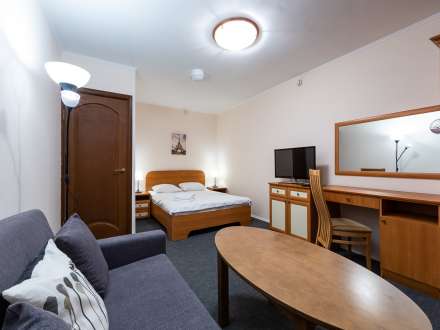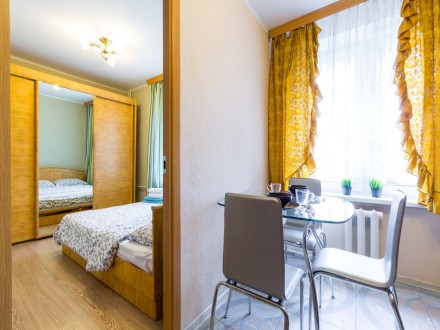Circle line of the Moscow metro: from creation to the present day
Time of occurrence
Before the Great Patriotic War, there were no questions about the unification of lines and stations into a single ring. After the victory, it became clear that the radial lines needed to be unloaded. The first phase of Koltsevaya stations was opened in 1950. It covered the section from the Kursk railway station to the Crimean square. The second phase was opened two years later. It passed outside the Garden Ring and connected with the metro not only the central stations - Prospekt Mira and Novoslobodskaya, but also four stations - Yaroslavsky, Kazansky, Leningradsky and Belorussky. The last section of the Moscow Metro's Koltsevaya Line opened in 1954. He closed the ring, passing through Krasnaya Presnya to the Kyiv railway station.
The emergence of the Circle Line of the Moscow Metro, like any other major object, has its own legend. It is generally accepted that during the discussion and approval of the metro scheme, Stalin drank coffee and placed a mug in the center of the plan. It was at this moment that the leader realized the need to build an unloading line.
History of occurrence
Thanks to the creation of the Ring Line, it became possible not only to carry out convenient transfers from one radial line to another. The new line connected major transport hubs, providing a transit highway for guests of the capital. Savelovsky and Rizhsky railway stations became an exception. The plans of the Ministry of Urban Development of the USSR also included their inclusion in the ring line. But changes were made to the project that excluded this possibility.
Each station of the Moscow Metro's Koltsevaya Line is of the deep type. This design is closely related to the echoes of the Great Patriotic War and the possible need to use the stations as bomb shelters.
Distinguishing features
The design style of the Circle Line was developed in the post-war period. That is why most of the stations are dedicated to the historical glory of Soviet soldiers, domestic weapons, the exploits of the fraternal peoples and are painted with individual, especially noteworthy episodes of the Great Patriotic War.
In 1955, after most of the stations on the Circle Line had opened, a decree was issued calling for the fight against architectural excesses. Most of the stations of the radial lines built later were designed much simpler and more ascetic.
Circle line today
The Circle Line on the map of the Moscow Metro is marked in brown and number 5. At all its stations, passengers enter and exit from the left side relative to the movement of the train. Since 2016, the names of stations on Koltsevaya are announced not only in Russian, but also in English.









